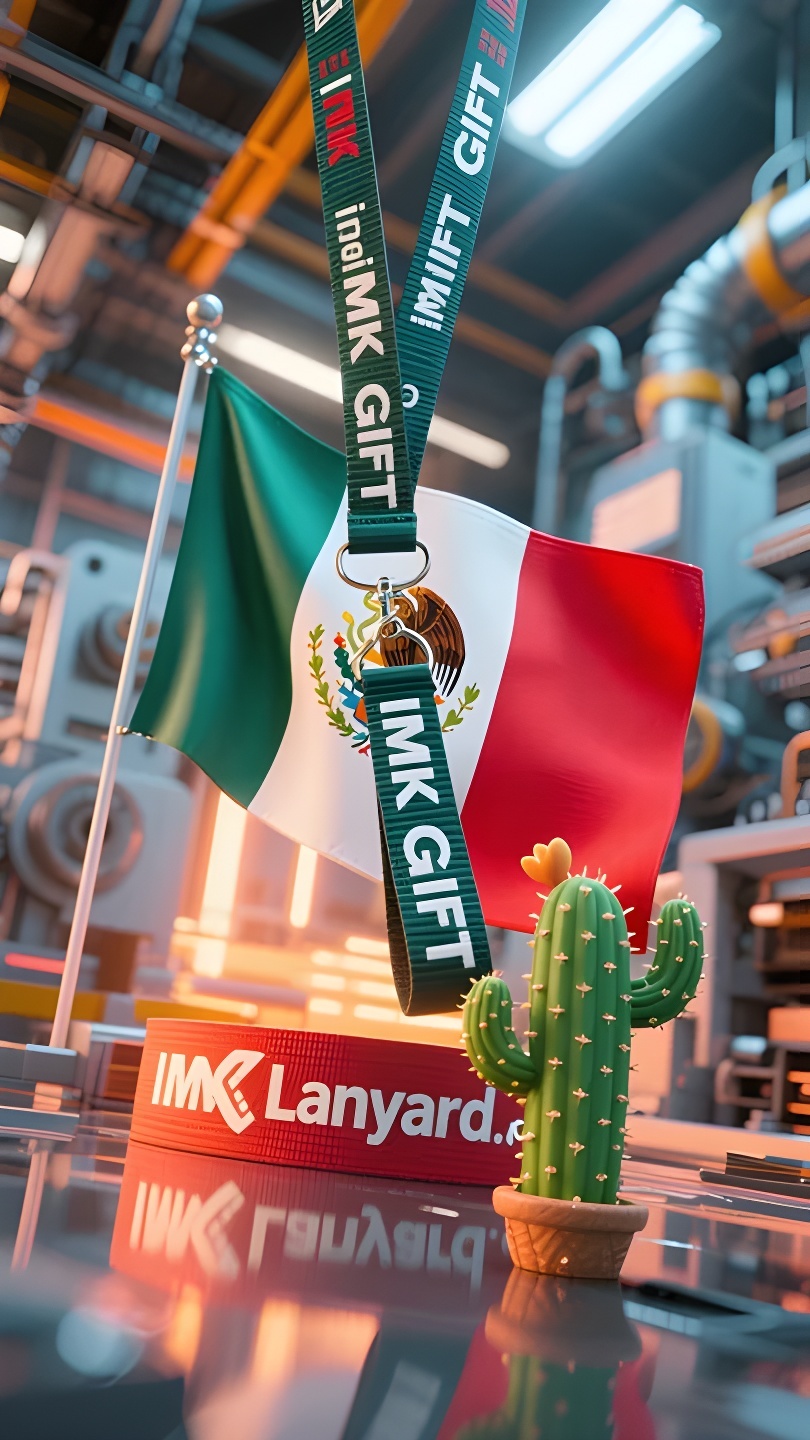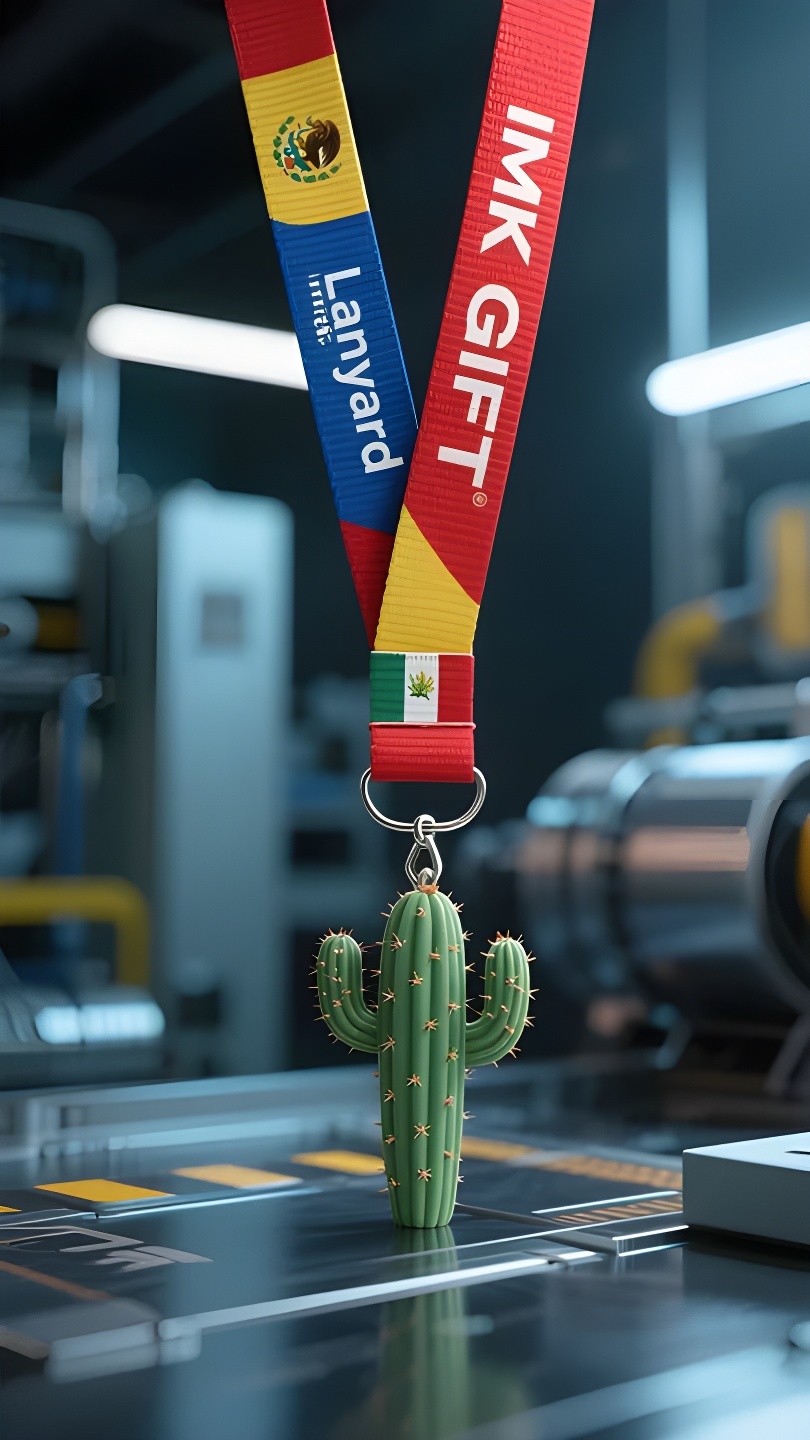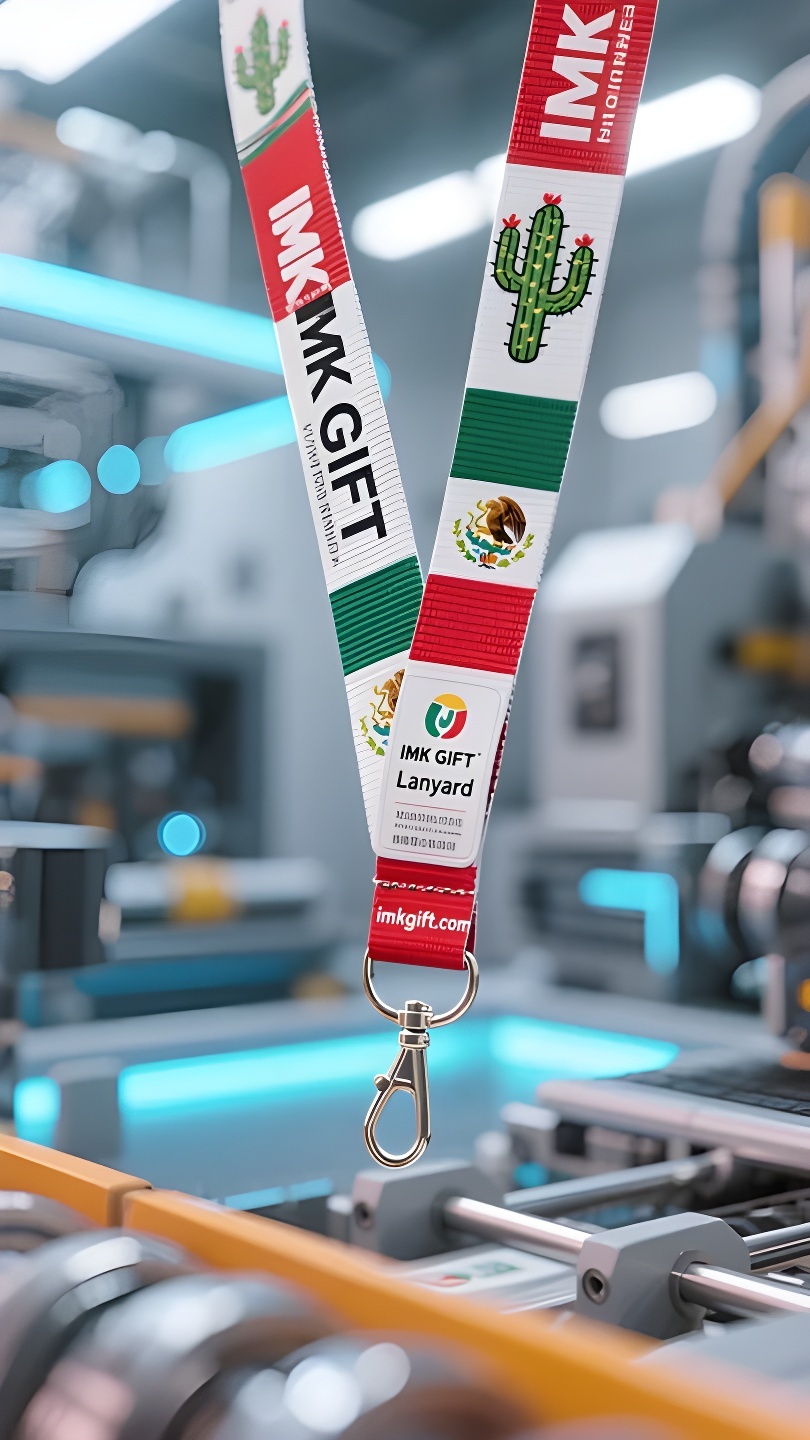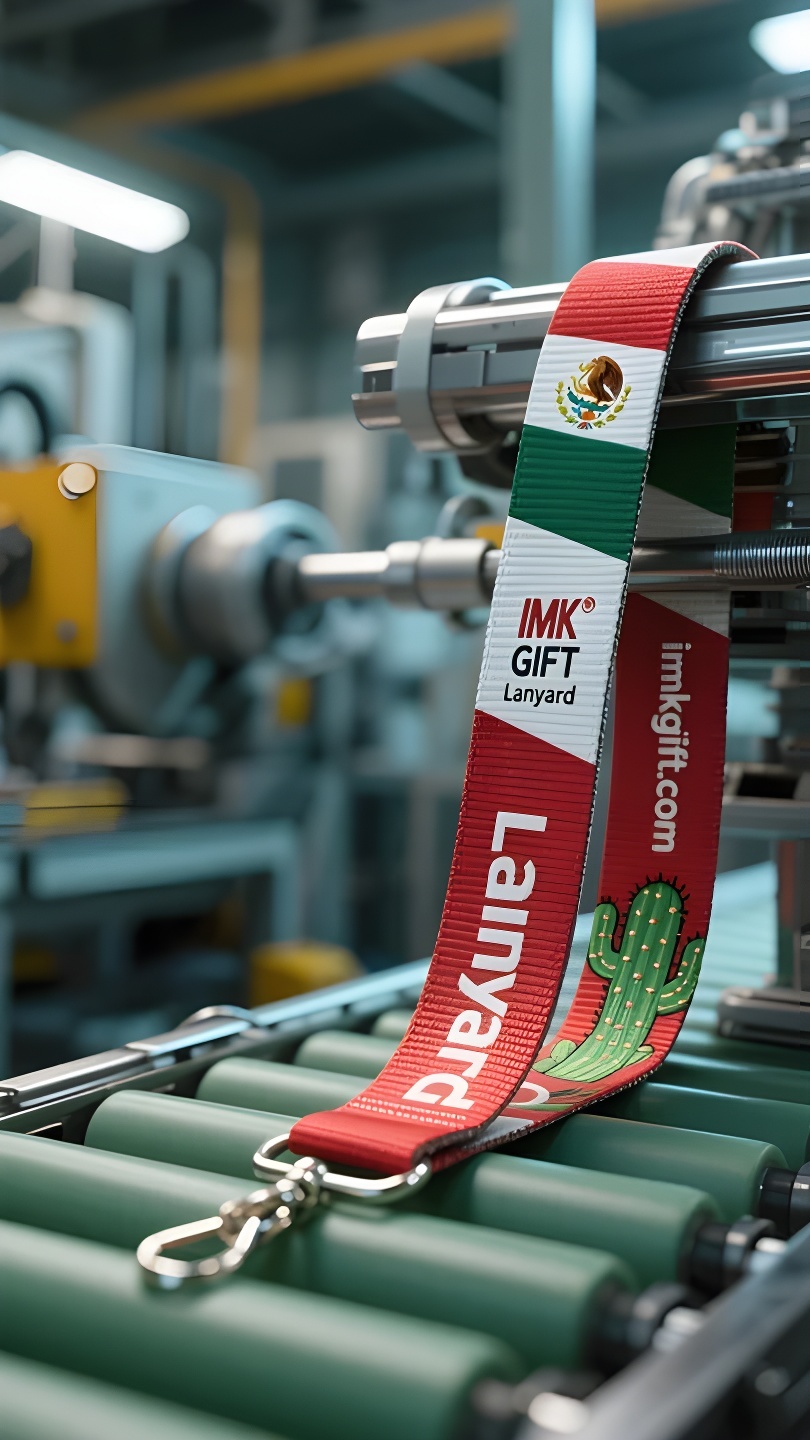in998-Cordón-de-cactus-Ata-la-resiliencia-y-la-gloria-de-la-vida
▼
En septiembre, en México, el carnaval del Día de la Independencia aún no termina y la bandera tricolor ondea al viento. Cada cuerda colgante de cactus en esta tierra cuenta una fábula sobre la resiliencia de la vida: esas delgadas cuerdas tejidas con fibras de agave no solo son el tótem del alma de la artesanía mexicana, sino también la filosofía de supervivencia profundamente arraigada en la sangre de la nación. El águila y el cactus en el centro de la bandera nacional se originaron en la antigua profecía de los aztecas que buscaban la tierra prometida. Cuando los antepasados vieron al águila posada sobre el cactus en medio del lago salado, comprendieron la revelación de la naturaleza: solo arraigándose en la aridez como los cactus, la vida puede florecer en el desierto. Hoy, la gente ha tejido esta sabiduría en cuerdas colgantes, y cada longitud y latitud es una silenciosa declaración de guerra contra las dificultades. Estos nudos aparentemente frágiles pueden soportar cientos de kilos de peso, al igual que los mexicanos han usado la tenacidad transmitida de generación en generación para mantener siempre viva la llama de la civilización en medio de la opresión colonial y las ruinas de los terremotos. El tejido del cordón de cactus requiere que el artesano remoje repetidamente la fibra en agua, la seque al sol y la golpee, como el temple que debe experimentar la vida. Cuando los trabajadores migrantes en la Ciudad de México se atan el cordón a las muñecas, y cuando las madres en Chiapas lo envuelven en los pañales de sus bebés, están haciendo una solemne promesa a la vida: incluso si se encuentran en el precipicio rocoso del destino, deben florecer en las grietas. Este símbolo verde oscuro no solo es un amuleto personal contra la adversidad, sino también un reflejo microscópico de todo el tótem espiritual nacional. Cuando la luz de la mañana ilumina de nuevo la pirámide de Teotihuacán, el cordón de cactus aún se mece suavemente con el viento. Nos recuerda a todos los mexicanos: el poder más impactante de la vida no es evitar la tormenta, sino aprender a echar raíces y crecer en ella.
In September in Mexico, the carnival of Independence Day has not yet ended, and the tricolor flag flutters in the wind. Every cactus hanging rope on this land tells a fable about the resilience of life – those thin ropes woven with agave fibers are not only the soul totem of Mexican handicrafts, but also the survival philosophy deeply rooted in the blood of the nation. The eagle and cactus in the center of the national flag originated from the ancient prophecy of the Aztecs looking for the promised land. When the ancestors saw the eagle standing on the cactus in the middle of the salt lake, they understood the revelation of nature: only by taking root in barrenness like cacti can life bloom in the wilderness. Today, people have woven this wisdom into hanging ropes, and each longitude and latitude is a silent declaration of war against difficulties. These seemingly fragile knots can withstand hundreds of pounds of weight, just as the Mexicans have used the tenacity passed down from generation to generation to always hold up the fire of civilization in the colonial oppression and earthquake ruins. The weaving of the cactus lanyard requires the craftsman to repeatedly soak the fiber in water, dry it in the sun, and beat it, just like the tempering that life must go through. When migrant workers in Mexico City tie the lanyard around their wrists, and when mothers in Chiapas wrap it around their babies’ swaddling clothes, they are tying a solemn promise to life – even if they are on the rocky cliff of fate, they must bloom flowers in the cracks. This dark green token is not only a personal amulet against adversity, but also a microscopic mirror image of the entire national spiritual totem. When the morning light illuminates the Teotihuacan pyramid again, the cactus lanyard is still swaying gently in the wind. It reminds every Mexican: the most shocking power of life is not to avoid the storm, but to learn to take root and grow in the storm.
九月的墨西哥,独立日的狂欢尚未散场,三色国旗在风中猎猎作响。这片土地上的每一根仙人掌挂绳,都在诉说着一个关于生命韧性的寓言——那些用龙舌兰纤维编织的细绳,不仅是墨西哥手工艺的灵魂图腾,更是深植于民族血脉的生存哲学。
国旗中央的雄鹰与仙人掌,源自阿兹特克人寻找应许之地的古老预言。当先民们在盐湖中央看见仙人掌上伫立的雄鹰,他们读懂了自然的启示:唯有像仙人掌般在贫瘠中扎根,才能在荒原绽放生命。今天,人们将这种智慧编入挂绳,每道经纬都是对困境的无声宣战。这些看似脆弱的绳结能承受百斤之重,正如墨西哥人用世代传承的坚韧,在殖民压迫与地震废墟中,始终托举着文明的火种。
仙人掌挂绳的编织需要匠人将纤维反复浸水、晾晒、捶打,正如生命必经的淬炼。当墨西哥城的打工者将挂绳系在手腕,当恰帕斯的母亲把它缠在婴儿襁褓,他们系住的是对生活的庄严承诺——即便身处裂石嶙峋的命运之崖,也要在裂缝中开出花朵。这抹深绿色的信物,既是个人对抗逆境的护身符,更是整个民族精神图腾的微观镜像。
当晨光再次照亮特奥蒂瓦坎金字塔,仙人掌挂绳仍在风中轻轻摇曳。它提醒着每个墨西哥人:生命最震撼的力量,不在于躲避风暴,而在于学会在风暴中扎根生长。
▼
Contact Us
📞 Tel: +0086-760-85286839
📧 Email: sales3@imkgift.com








